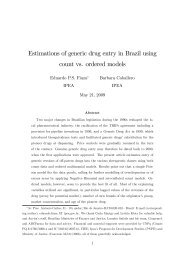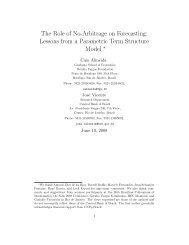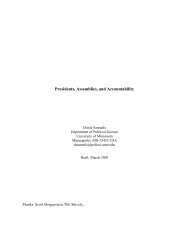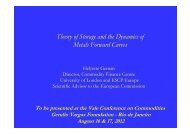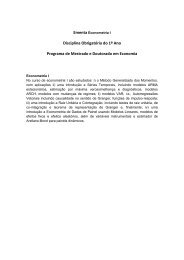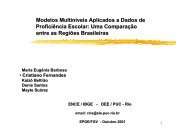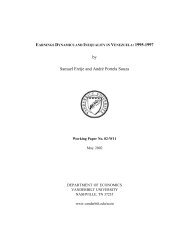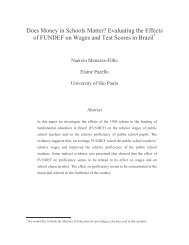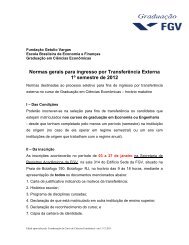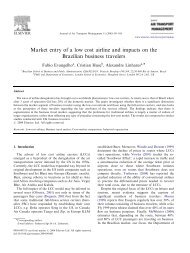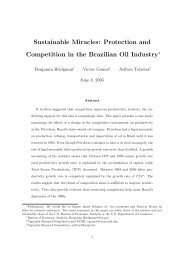Dynamic Hedging with Stochastic Differential Utility
Dynamic Hedging with Stochastic Differential Utility
Dynamic Hedging with Stochastic Differential Utility
Create successful ePaper yourself
Turn your PDF publications into a flip-book with our unique Google optimized e-Paper software.
ility space 2 . We also assume throughout the paper that probabilistic<br />
statements are in the context of this filtered probability space.<br />
2. V denotes the space of predictable square-integrable processes 3 ,such<br />
that<br />
½<br />
·Z t<br />
V ≡ predictable υ :[0,T] × Ω → R ¯<br />
¯E<br />
0<br />
¸<br />
¾<br />
υ 2 sds < ∞,t∈ [0,T] ,<br />
where Ω is the state space, and predictable means measurable <strong>with</strong> respect<br />
to the σ-algebra generated by left-continuous processes adapted<br />
to the agent’s filtration, that is, υ t depends only on information available<br />
up to time t.<br />
3. There exist M assets to be hedged, whose value is described by an<br />
M-dimensional Markov process S, <strong>with</strong> the stochastic differential representation<br />
dS t = µ t (S t )dt + σ t (S t )dB t , (1)<br />
where µ is M-dimensional, σ is (M × N)-dimensional and µ m ∈ V and<br />
σ mn ∈ V for all m and n (hence, the Markov process S is well defined) 4 .<br />
4. There are K futures contracts available for trade at each instant of<br />
2 ” 0 ” indicates transpose, or differentiation when there is only one argument in the<br />
function.<br />
3 If T = ∞, then the square integrability condition changes to E £R ∞<br />
e βt υ 2 0 sds ¤ < ∞,<br />
where β is a constant characterized in Appendix C of Duffie and Epstein (1992).<br />
4 Henceforth, we omit the dependence of the parameters on S t for simplicity.<br />
4




